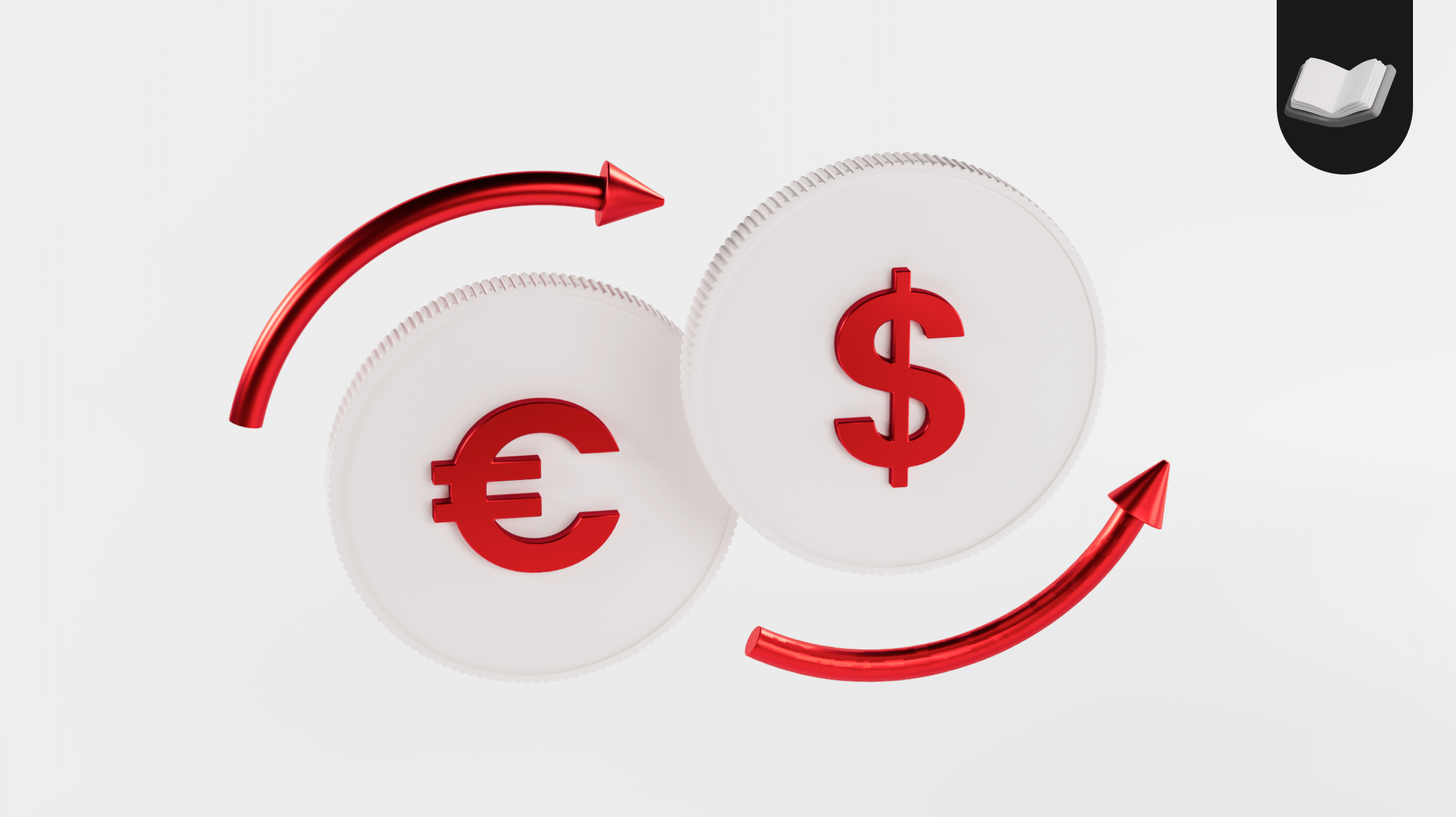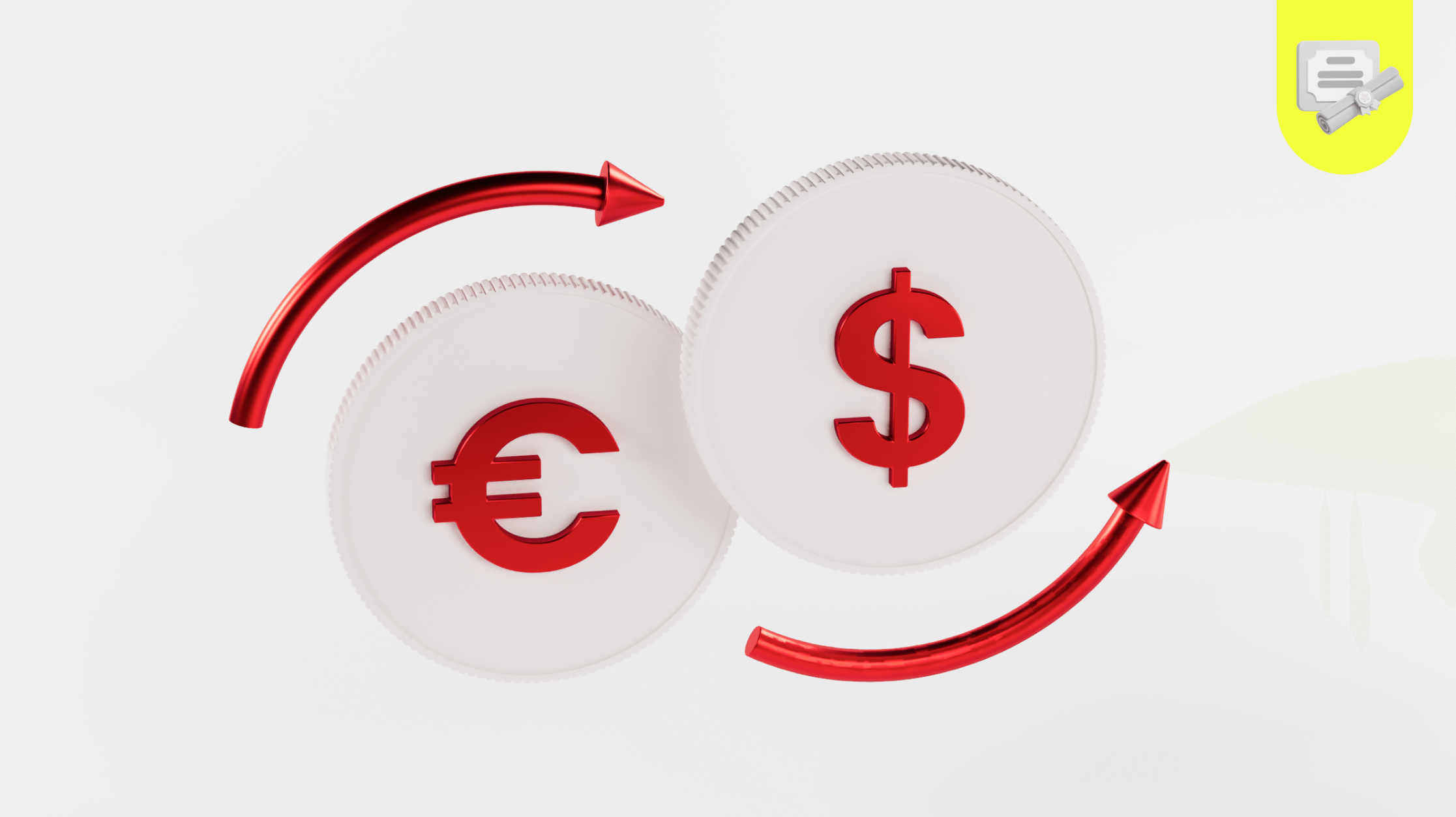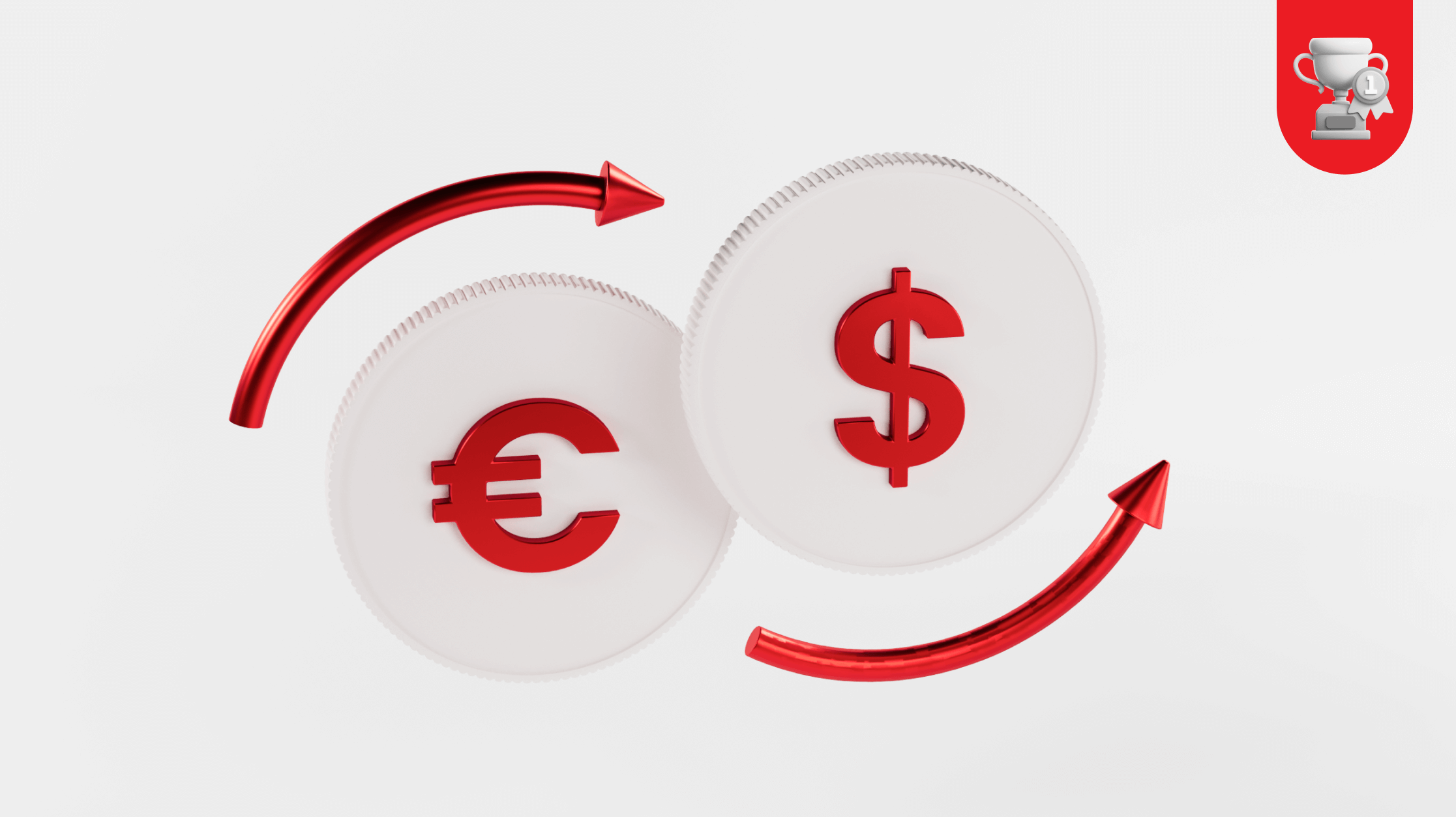Understanding Forex Trading: A Beginner's Guide

Welcome to the world of Forex, a market that's open 24 hours a day, 5 days a week, and never sleeps. Well, except on the weekends.
If you're a complete beginner or someone who's curious about the forex market, this guide will introduce you to the fundamentals of forex trading in a way that's clear, practical, and easy to digest.
Before we start exploring the “how,” let’s first understand what forex trading is.
Table of Contents
What is Forex Trading?
How Does Forex Trading Work?
Why Trade Forex?
Essential Forex Lingo
How to Trade Forex
What Moves Forex Prices?
Forex Market Sessions
Fundamental vs. Technical Analysis
How to Start Forex Trading
Risk Management 101
Common Beginner Mistakes
Key Takeaways
What is Forex Trading?
Forex (short for "foreign exchange") is the global market where currencies are bought and sold. It's the largest financial market in the world, with $7.5 trillion traded every single day.
[image]
Unlike stock markets, Forex doesn’t have a physical exchange. It’s decentralized and runs 24 hours a day through major cities like London, New York, Tokyo, and Sydney.
In short: You buy one currency, sell another, and profit from the difference in price.
Now that you’ve got the basic concept, let’s explore how forex trading works in practice.
How Does Forex Trading Work?
You trade in currency pairs, like EUR/USD (Euro/US Dollar) or GBP/JPY (British Pound/Japanese Yen).
Here’s how to read it:
Base Currency: The first one (EUR)
Quote Currency: The second one (USD)
[image]
If EUR/USD = 1.10, it means 1 Euro = 1.10 US Dollars. If that number goes up, the Euro will get stronger.
You make money by buying a pair if you think it will go up, or selling it if you think it will go down.
Here's a quick breakdown of the three types of currency pairs:
Type | Example Pairs | Description |
Major Currency Pairs | EUR/USD, USD/JPY, GBP/USD, USD/CHF | Most traded. Always include the USD. High liquidity and low spreads. |
Minor Currency Pairs | EUR/GBP, AUD/NZD, GBP/JPY | Don’t include USD. Slightly less liquid but still widely traded. |
Exotic Currency Pairs | USD/TRY, EUR/ZAR, GBP/MXN | One major + one emerging currency. Higher risk and wider spreads. |
You’re probably wondering, why do people trade forex in the first place? Let’s break down the appeal.
Why Trade Forex?
Now that you know how forex trades work, why do people choose to trade it?
Traders love the forex market for several reasons:
You can start small: You don’t need a fortune to start. With D Prime, you can begin trading with as little as $100.
High liquidity: With trillions traded daily, you can enter and exit trades quickly without worrying about finding a buyer or seller.
It's always open: The 24/5 market means you can trade at a time that suits you, whether you’re a night owl or an early bird.
Profit Potential: With the right tools and knowledge, traders can find opportunities in both rising and falling markets.
However, these advantages come with risks. The same factors that make forex exciting—like volatility and leverage—can lead to significant losses if you’re unprepared.
"The market is a device for transferring money from the impatient to the patient." – Warren Buffett
Sounds exciting, right? But before you jump in, you need to speak the language. Let’s decode the jargon.
Essential Forex Lingo
Before you place a trade, you’d better learn the language:
🔹 Pip – The smallest price move. Usually, 0.0001 for most pairs. If EUR/USD moves from 1.1050 to 1.1051, that’s a 1-pip increase. Pips measure your profit or loss.
🔹 Lot Size – Forex is traded in units called lots. Which simply means, the size of your trade. There are 3 types:
Standard: 100,000 units
Mini: 10,000 units
Micro: 1,000 units
🔹 Leverage in Forex – Trade big with a small deposit. Example: 1:100 leverage = $100 controls $10,000. While this amplifies profits, it also magnifies losses.
🔹 Margin – The money you need to open a leveraged trade.
🔹 Spread – The cost of trading, the difference between the bid and ask price. The tighter the spread, the better for you as a trader.
🔹 Long vs. Short – Going "long" = buying a pair expecting it to rise. Going "short" = selling a pair expecting it to fall.
Understanding these terms will help you decode what’s happening on your platform and better control your trades.
With the lingo in your toolkit, let’s walk through what a simple forex trade actually looks like.
How to Trade Forex?
Let’s put the pieces together with a simplified trade example:
You think the Euro will rise.
You buy EUR/USD at 1.1000 with 1 micro lot (1,000 units).
The price rises to 1.1050 – that’s 50 pips.
You close the trade and make $5. (50 pips × $0.10)
If the price had dropped 50 pips instead? You’d lose $5.
This example simplifies things and shows the basic process. Real trades involve spreads, fees, and emotional discipline.
But trades don’t happen in a vacuum, what causes prices to move in the first place? Let’s find out.
What Moves Forex Prices?
To trade with confidence, you need to understand what moves the market.
Several elements can impact currency values:
Economic Indicators: Data such as GDP growth, inflation rates, and unemployment statistics.
Interest Rates: Higher rates can attract foreign capital, boosting a currency's value.
Geopolitical Events: Political stability, elections, and international conflicts can cause market fluctuations.
Market Sentiment: Overall investor attitude towards risk can drive currency movements.
Stay sharp. Watch the news. Use an economic calendar to track key events and stay tuned to our market updates and analysis.
And because Forex is open 24 hours a day, timing matters. Here’s when the market comes alive.
Forex Market Sessions
Forex is a 24-hour market, but different sessions have unique characteristics:
🔹 Asian Session (Tokyo) – Low liquidity, slower price movements.
🔹 European Session (London) – High liquidity, strong trends.
🔹 U.S. Session (New York) – Most volatile, overlaps with London.
The best action often happens when London and New York overlap. That’s the power hour of forex trading.
To trade effectively, you also need to know how to analyze the market. Here’s where strategy kicks in.
Fundamental vs. Technical Analysis
There are two primary ways traders analyze the forex market:
🔹 Fundamental Analysis – Examines economic data, central bank policies, and geopolitical events to predict price movements. Traders use forex news calendars to track key events.
🔹 Technical Analysis – Uses charts, indicators, and historical price action to identify trends and trade opportunities.
Many beginners wonder: Which type of analysis is better?
The truth is, they serve two different purposes.
Fundamental analysis tells you WHY the market is moving.
Technical analysis tells you WHEN the market is moving by helping you time your entries and exits.
Smart traders don’t pick sides. They combine both to form a full picture.
Because at the end of the day, market analysis is everything.
It’s how you spot opportunity, manage risk, and avoid emotional trades.
"Risk comes from not knowing what you’re doing." – Warren Buffett
Now let’s get practical—how do you actually start trading forex?
How to Start Forex Trading
Let’s turn theory into action.
1️⃣ Choose a Broker – The right online forex broker makes all the difference. D Prime is a top-tier, regulated broker offering tight spreads, fast execution, and deep liquidity for forex traders.
2️⃣ Set up a Trading Account – Open a D Prime demo account to practice risk-free before trading real money.
3️⃣ Learn Technical & Fundamental Analysis – Use D Prime’s advanced trading tools and educational resources to master market analysis.
4️⃣ Develop a Trading Plan – Define entry/exit rules, risk tolerance, and strategy with Doo Prime’s professional trading resources.
5️⃣ Manage Risk – Never risk more than 1-2% per trade and use D Prime’s risk management tools to stay in control.
But trading without risk management? That’s a one-way ticket to trouble. Let’s fix that.
Risk Management 101
Forex trading isn’t about getting rich quick, it’s about staying in the game. Here’s how to manage risk:
Use Stop Losses: Set an automatic exit point to limit losses if a trade goes against you. Don’t let one bad trade ruin everything.
Risk Only What You Can Afford to Lose: Never risk money that you can’t afford to lose. The market can move fast, and losses are part of the game.
Only trade capital you can afford to lose without stress.
Avoid Over-Leverage: High leverage tempts beginners to overtrade, but it’s a fast track to wiping out your account.
Stay Calm: Emotional decisions lead to mistakes. Stick to your plan, even after a loss.
"In trading, it’s not about being right or wrong. It’s about how much you make when you’re right and how much you lose when you’re wrong." – George Soros
Even with risk control in place, beginners often fall into traps. Let’s highlight what to avoid.
Common Beginner Mistakes
Beginners often stumble. Watch out for these traps:
Overtrading: More trades does not mean more profits. Less is more. Focus on the best ones.
Ignoring News: Economic events can flip a trade in seconds. Check the calendar.
Chasing Losses: After a loss, don’t double down to "win it back." That’s gambling, not trading. Reset and refocus.
No Plan: Trading without a strategy is like driving blindfolded. Define your entry, exit, and risk rules.
Let’s wrap it all up with the key lessons you should take with you on your forex journey.
Key Takeaways
Forex offers massive opportunities, but it's not a get-rich-quick scheme. Understanding the basics, risk management, and market movements is key.
Start small, practice discipline and be patient with yourself.
Let this be your first step. One pip at a time.
“Markets are never wrong, only opinions are.”
— Paul Tudor Jones
Disclaimer
This information contained in this blog is for general reference only and is not intended as investment advice, a recommendation, an offer, or an invitation to buy or sell any financial instruments. It does not consider any specific recipient’s investment objectives or financial situation. Past performance references are not reliable indicators of future performance. D Prime and its affiliates make no representations or warranties about the accuracy or completeness of the information provided and accept no liability for any losses or damages resulting from its use or from any investments made based on it.
Do not rely on the above content to replace your independent judgment. You should consider the appropriateness of this information having regard to your personal circumstances before making any investment decisions. The market is risky, and investments should be made with caution.

